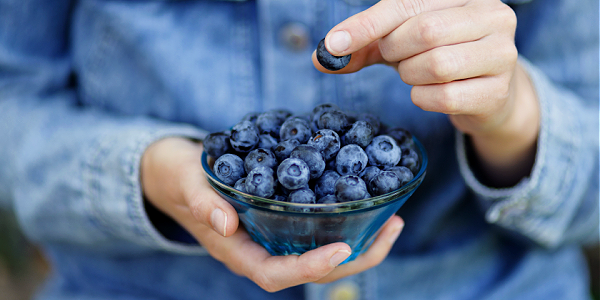
When it comes to eating right, many of us can be stumped, stressed, and bewildered by the entire process of selecting the best foods to incorporate into our diet.
But what about things like taste? What about things like perception? When it comes to eating, do we literally taste the foods we eat, or is it all in our head?
Undoubtedly, there are certain factors that can play into your taste buds that may make you taste eating right in a different way. Surprisingly, certain factors like what foods your mother liked to eat and what foods you smell can actually make you taste food differently.
Recent studies and experiments have actually confirmed that taste isn’t just strictly about the way food hits your tongue. In fact, there is a biological science behind the way we experience flavor and why we have a preference for certain things.
Preferences for eating certain things may run in your DNA, and your nose may know taste better than your own tongue. These are just a few of the factors we will explore that explain why certain foods may taste more “right” to us than others.
If Your Mom Enjoyed It, Chances Are, You Will Too
When pregnant women eat, recent studies conducted by the New England Journal of Clinical Nutrition actually reveal that an expecting mother’s food preferences may be transferred to their unborn child.
As an expecting mother, eating right could mean eating foods that will satisfy your cravings. When you eat, your food will actually flavor amniotic fluids. Your unborn fetus can actually detect these flavors, and can remember them after birth, lasting all the way into adulthood.
To help promote the unborn child’s desire for healthier food preferences, pregnant women should invest in eating healthier foods. This will increase your child’s liking for certain foods, and will help them make better food choices as children, teenagers, and adults.
In this same study, it was shown that experience informs taste preferences. Babies fed vegetables and fruit preferred them in adulthood. Whereas babies fed starchy table foods high in salt showed elevated preferences for it.
Your Nose: Does it Measure Taste Better?
Scientists have conclusively said that what you perceive of flavor is actually aroma. This can actually work to your benefit when it comes to eating right.
A recent study conducted by scientists at the Kraft food corporation proved this to be true, with an experiment involving a jelly bean. At a recent conference, scientists had the audience pinch their nose before eating a yellow jelly bean. For most, the jelly bean was essentially tasteless, because they could not smell it.
When it comes to eating right, the key is to take in as many aromas of your food as you can. But, what exactly happens when we smell food?
When your nose isn’t closed up, the aroma of the food from your mouth is going through the back of the throat to your nose, giving you the full-flavor experience.
If your nose is plugged up, it’s like closing off the end of a hose, and the water is no longer flowing. This is why eating certain foods while you’re sick with a stuffy nose may not be as enjoyable as they usually are.
To make eating the right foods more enjoyable, it’s important to savor the aromas of the meals you are preparing. By taking the time to really appreciate the food you are eating, you will be more open to trying new things, especially when it comes to eating healthier foods.
Memories Can Make the Meal
Memories can be powerful, and can be amazing at helping you develop better habits when it comes to eating right.
If there are certain flavors or foods that you loved as a child, re-experiencing them in adulthood can instantly bring back memories from years past.
This has a lot do with our olfactory sense, as it is one of our most primitive senses. The anatomical connections between smell and our emotions is more direct than for other senses, which creates the familiar feeling of nostalgia that we experience when we bite into a familiar food.
In regards to eating right, it is best to recall certain foods you loved as a child. By recalling these foods, you can then recreate these sensations in the healthy meals you prepare. If strawberries were a favorite of yours, it’s easy to re-create a healthy summer salad. Research different ways you can twist some of your favorite foods into awe-inspiring dishes.
Reducing Fat and Salt Won’t Deplete Flavor
When it comes to your salt problem, there are several ways you can go about things: you can look for, and start using, salt substitutes, and you can convince people to change their preferences.
Many people worry that when they move forward with a plan of action to start eating right, they will sacrifice flavor and taste if they rid their new diet of salt. The same thing is true of fat, especially when people start dwelling on the sweet treats they will have to give up. On the contrary, foods that aren’t laden with fat, sugar, and salt can still taste fantastic.
Many foods that aren’t full of fat, sugar, and salt can actually produce a cleaner flavor. Chocolate mousse is a perfect example of this.
A healthier version of this popular dessert can actually be made by replacing the cream and yolks with water and gelatin. The mousse will still be creamy, but it’s healthier for you, and you can taste more of the chocolate.
Without worrying about losing your lust for flavor, eating right will be a whole lot easier.
For more tips from BistroMD about how to make eating right easier, please visit our health library section for more information.







